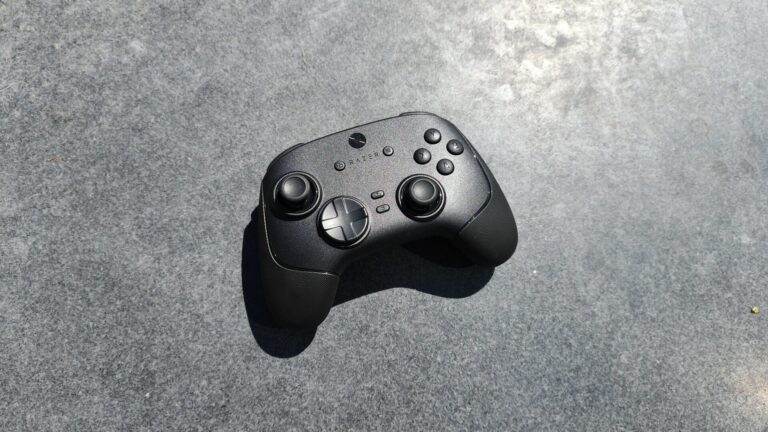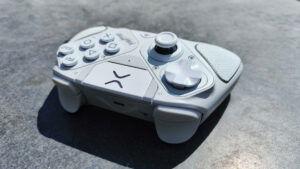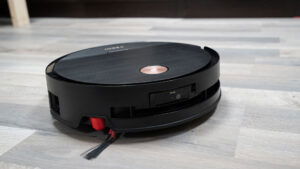The Razer Wolverine V3 Pro 8K PC is living proof that PC gaming has come full circle, in that a peripheral such as a controller, which was once relegated to console players, is now just as important as a good keyboard and mouse combo.
If you’re serious about competitive gaming and are a PC player, typically, most would gravitate towards a good keyboard and gaming mouse to get the job done. These days, however, the variety of games available on PC extends beyond the scope of a typical first-person experience, and even single-player games often require higher degrees of responsiveness, such as those found in games like Black Myth: Wukong or those developed by FromSoftware.
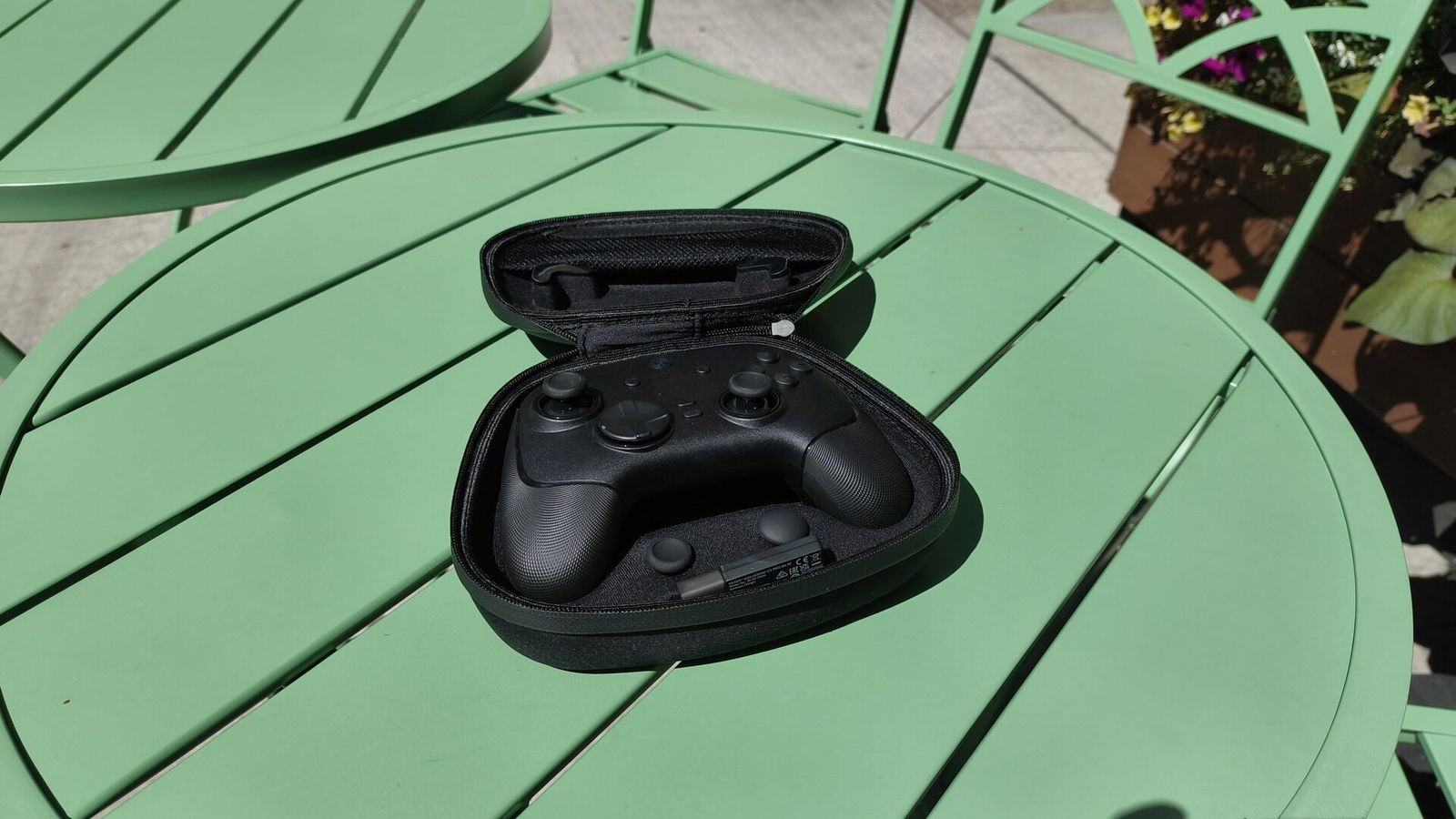
Then there is the world of fighting games, where a traditional controller still makes sense—apart from a solid arcade stick setup. The point is, the Razer Wolverine V3 Pro 8K fills a niche that ensures, regardless of game genre, Razer’s latest offering delivers the best possible response time from a controller. Period.
“In terms of hand feel, the Razer Wolverine V3 Pro 8K PC is among the most comfortable controllers I’ve used.”
At first glance, the Razer Wolverine V3 Pro 8K may seem similar to previous iterations of the Razer Wolverine line of controllers, and by and large, Razer’s latest offering does share the same DNA as their last line of high-quality controllers, but what sets this controller apart is the 8K in the name.
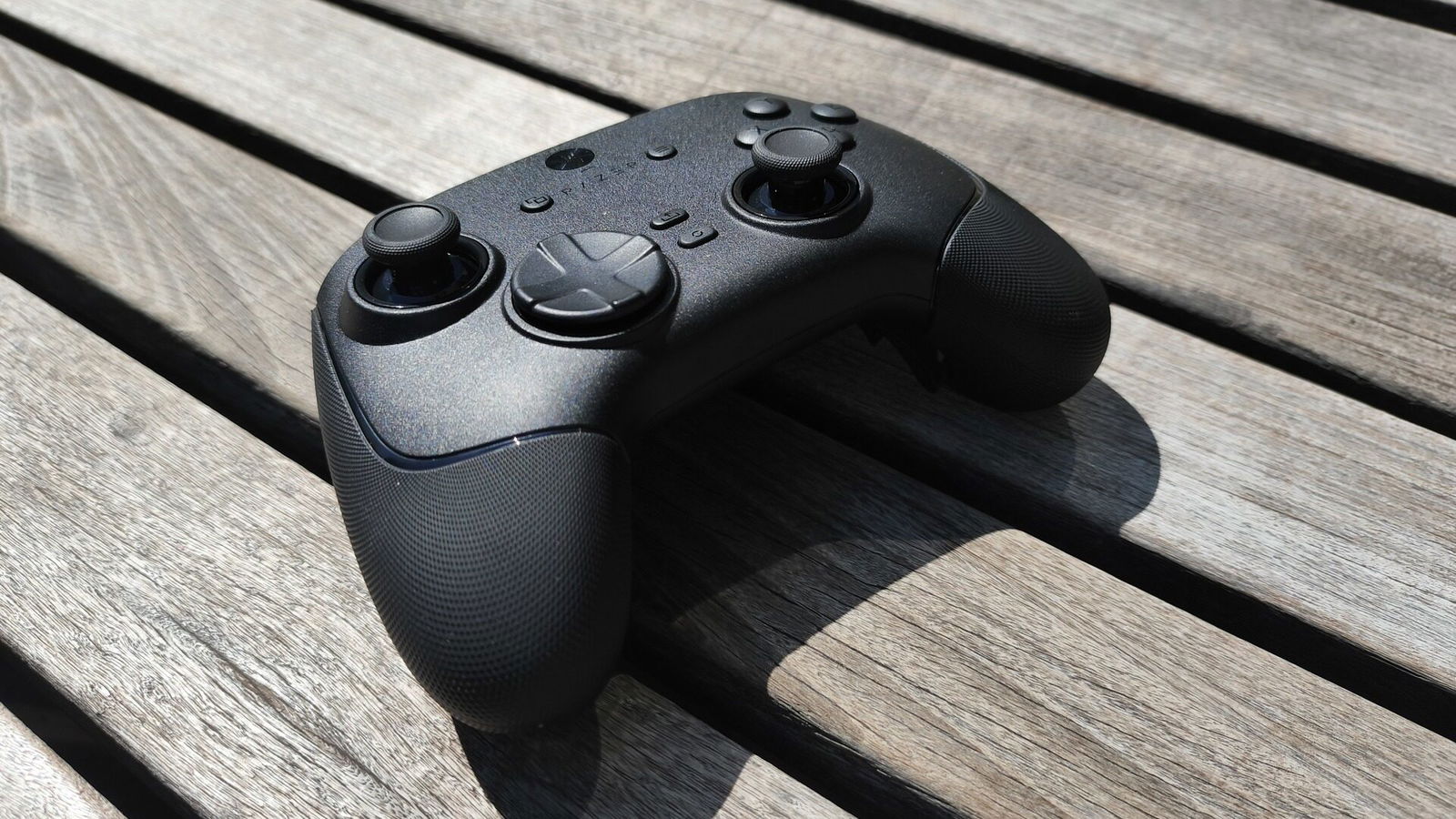
Like its namesake, Razer seemingly follows the mantra of being on the bleeding edge of technology when it comes to its accessories, and the Razer Wolverine V3 Pro 8K is no exception. Featuring up to an 8K polling rate, the 8K Pro pad promises a latency-free experience that exceeds even that of a wired connection, thanks to its dedicated 2.4ghz USB receiver. For perspective, an Xbox One controller is rated for 250Hz for its wired and wireless connections, meaning if you’re serious about gaming, the Razer Wolverine V3 Pro 8K controller is a no-brainer for PC players.
“Featuring up to an 8K polling rate, the 8K Pro pad promises a latency-free experience that exceeds even that of a wired connection.”
Inside the box, readers can expect the controller itself, the dedicated USB receiver, a quick start guide and two additional thumbsticks, which consist of a convex style dome and a longer convex stick for added height, all inside an included carrying case that ships with the controller.
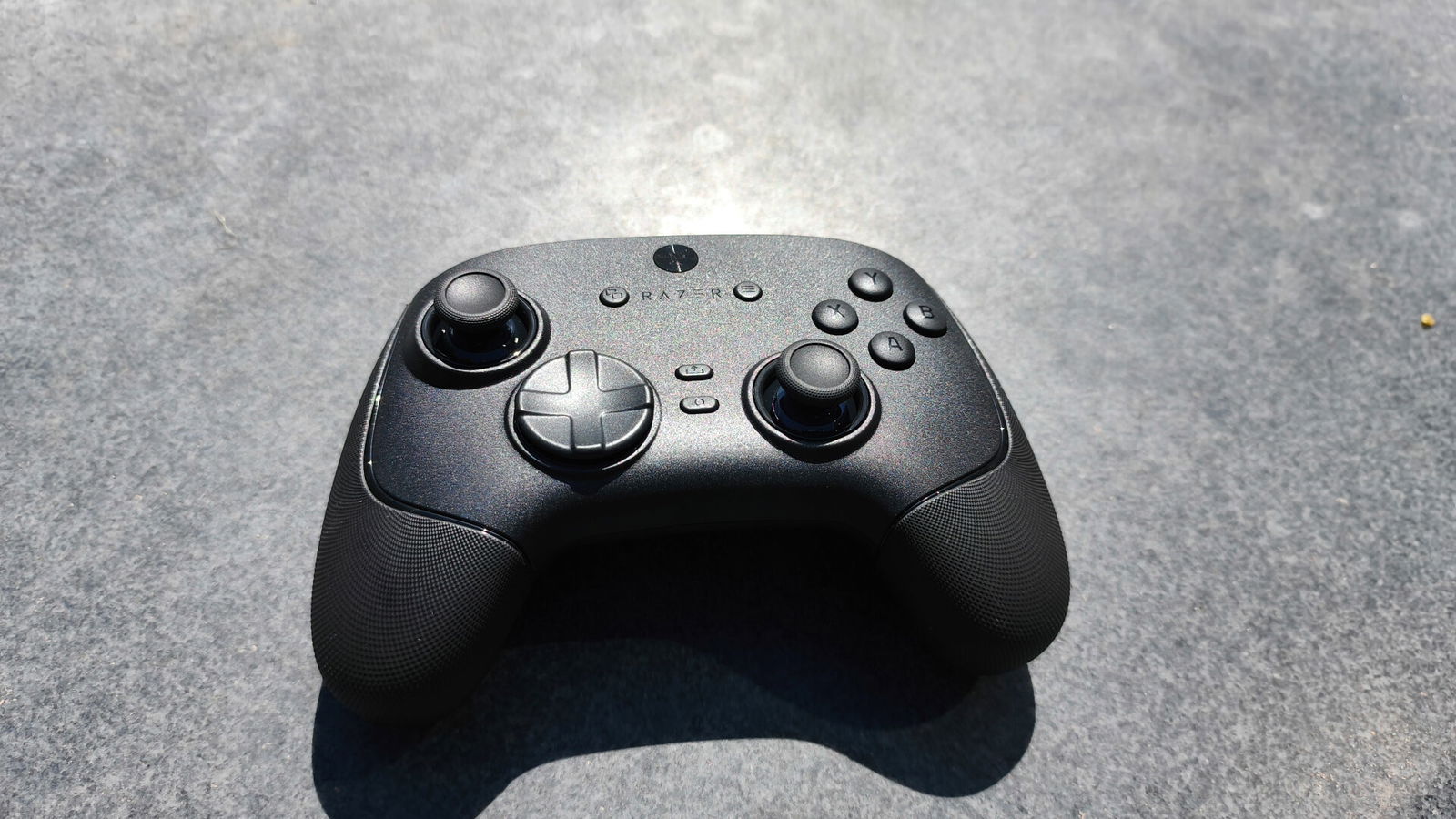
Taking a look at the Razer Wolverine V3 Pro 8K itself, the controller closely resembles its previous iteration, with a solid, ergonomic body, textured rubberized grips, and thoughtfully placed extra buttons. On the topic of additional controls, the V3 Pro 8K features six remappable buttons: four back paddles and two M1 and M2 buttons located on the top of the controller, nestled between the triggers.
In terms of hand feel, the Razer Wolverine V3 Pro 8K PC is among the most comfortable controllers I’ve used. This is partly due to its textured grip, but more notably, its reliance on mechanical-style switches. Each button press and directional input on the circular D-pad produces a satisfyingly tactile click.
The face buttons have also been refined—they’re quieter, yet still feel precise and responsive. Finally, while I’ve used several controllers with trigger stops over the years, Razer’s expertise in mechanical switches, drawn from their experience with PC peripherals like mice and keyboards, translates exceptionally well to the V3 Pro 8K’s trigger stop design.
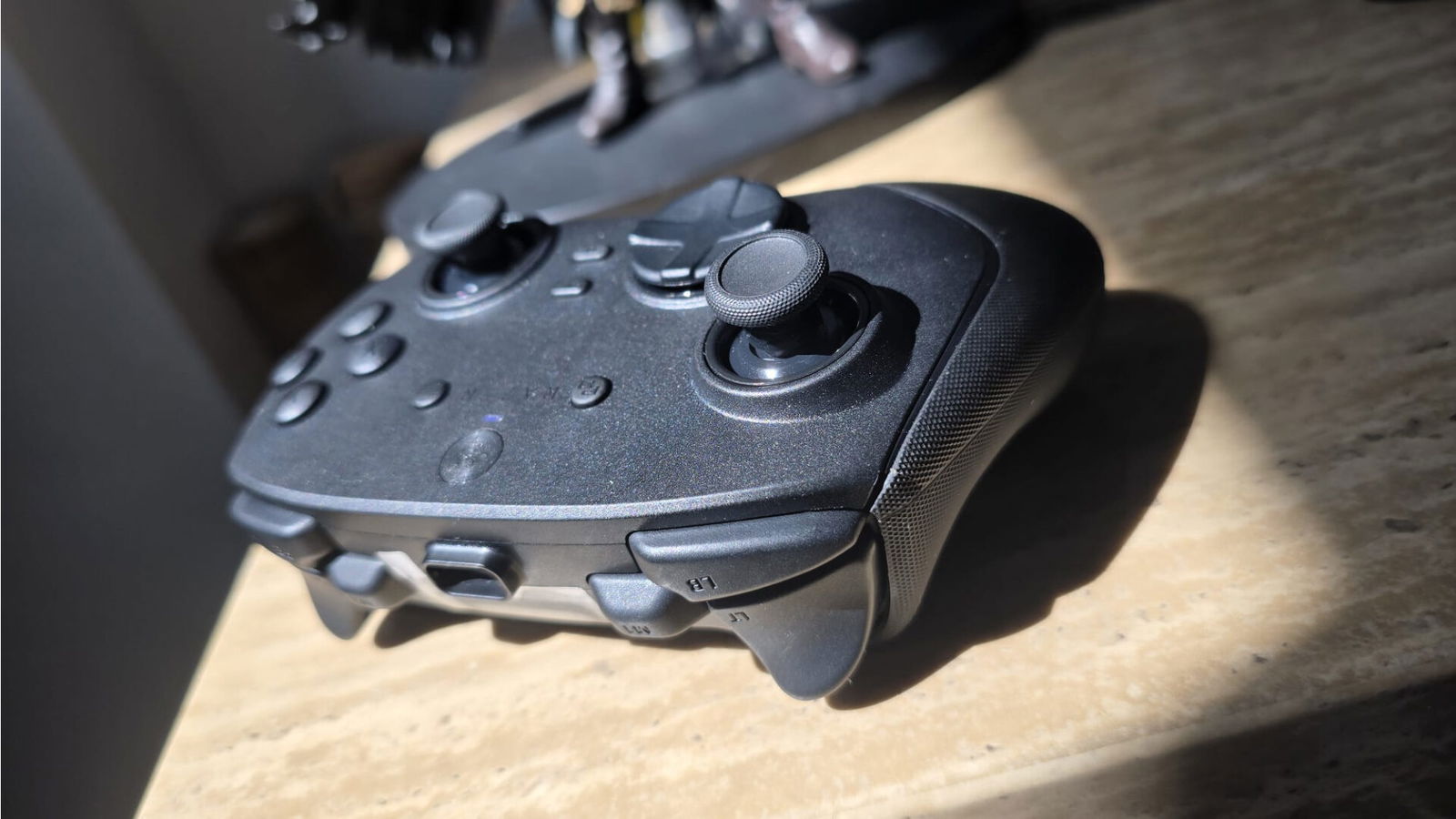
The Razer Wolverine V3 Pro 8K PC forgoes rumble and RGB support in favour of pure performance. This also results in an average battery life of 35 hours, a significant improvement over my DualSense Edge, which I typically use between my PC and PlayStation 5.
On the software side, like all modern Razer products, the Razer Wolverine V3 Pro 8K PC uses the Razer Synapse suite. If you’re already in the Razer ecosystem, getting the V3 Pro 8K up and running with your macros is effortless.
“The Razer Wolverine V3 Pro 8K PC forgoes any rumble or RGB support in favour of pure performance.”
In my case, I typically play first-person games with a keyboard and mouse. However, as a big fan of both Halo and Destiny—two franchises I associate with console gaming—I found the Razer Wolverine V3 Pro 8K a perfect fit. Mapping the M5 and M6 paddle-style buttons on the back to the A and B buttons allowed me to jump, crouch and slide using the paddles. This meant I never had to remove my thumb from the right stick, saving precious seconds in game modes like SWAT and Tactical Slayer.
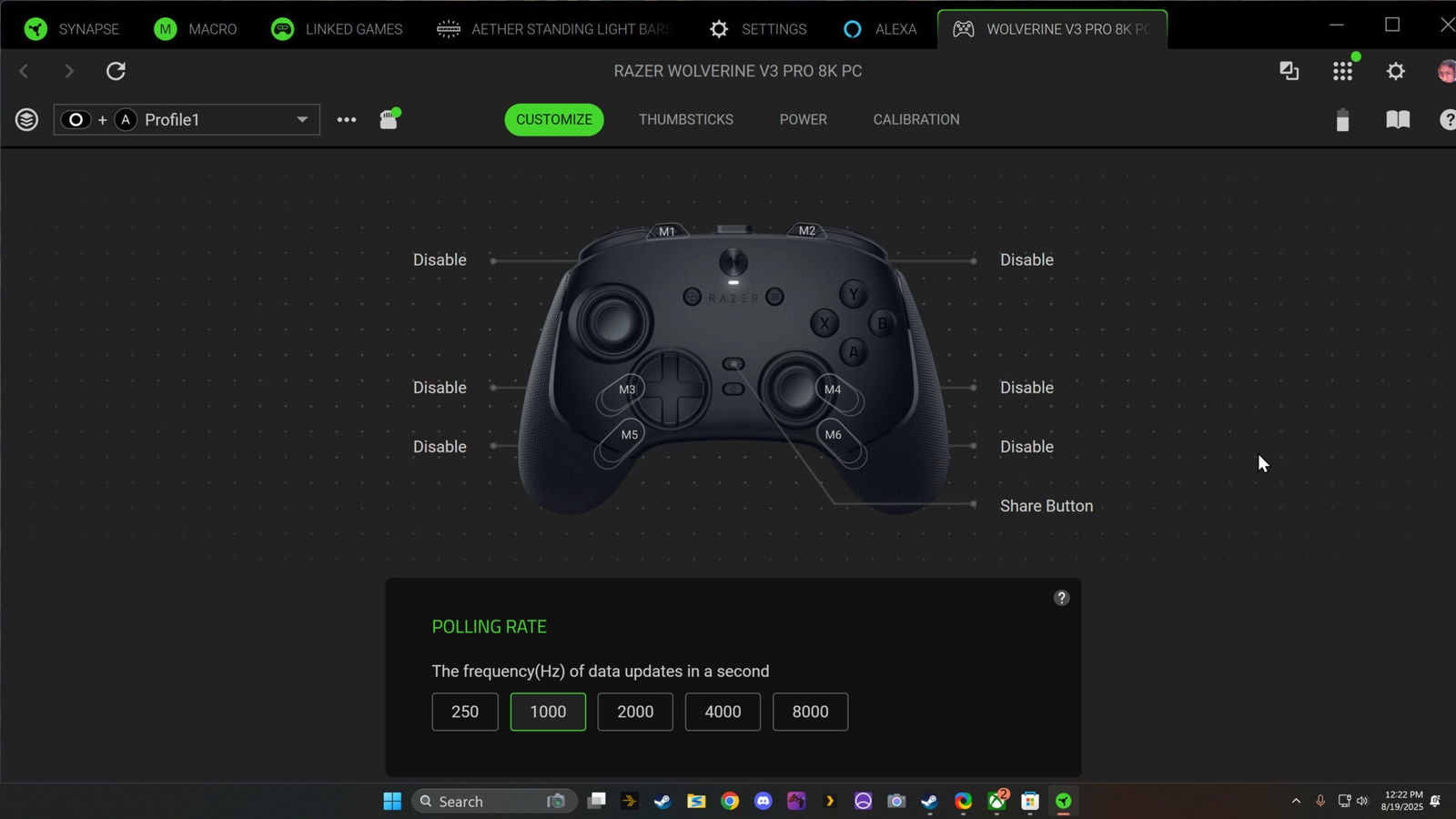
Of course, the Razer Wolverine V3 Pro 8K PC offers a wealth of remappable buttons, making it ideal for MMORPGs as well as games without a pause menu—such as Elden Ring—where quickly cycling through inventory items can be essential during tense boss battles. In such scenarios, the V3 Pro 8K proves to be a dependable choice.
As a fan of the Razer Kishi V3 Mobile Controller, I also appreciate having the same mechanical-style D-pad. It feels excellent in fighting games and platformers, where each directional input comes across as deliberate and precise.
The sticks on the Razer Wolverine V3 Pro 8K PC use TMR (Tunnel Magneto-Resistance) technology, placing them a step above hall-effect sensors in terms of durability and precision. This makes them future-proof in both performance and resistance to wear. Like earlier models in the Wolverine line, the V3 Pro 8K includes magnetized sticks that can be removed and replaced easily. Simply align them with the arrows printed on the stem to match the base of the gamepad.
Ultimately, the Razer Wolverine V3 Pro 8K PC is an iterative upgrade over an already strong offering from Razer. For new buyers seeking a performance-first, professional-grade controller, it’s an excellent choice.
